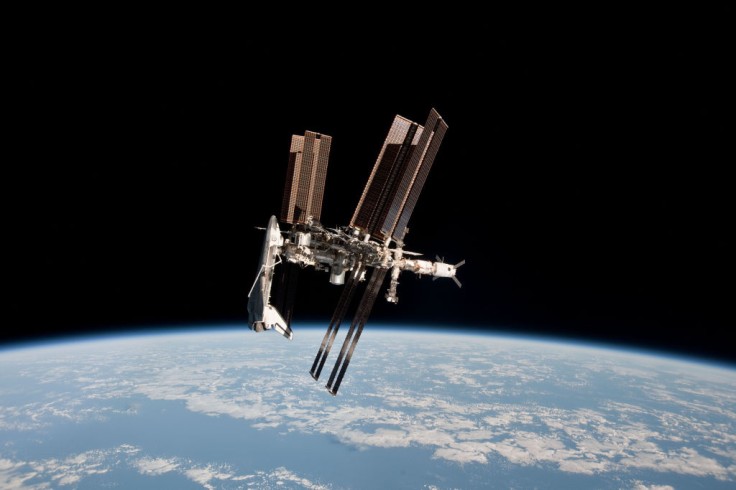
The Cygnus spacecraft, tasked with delivering nearly 8000 pounds of supplies, is scheduled to depart the International Space Station on Tuesday, June 29.
Now carrying wastes packed by the space crew, Cygnus plans to burn up in Earth's atmosphere completely. It would commence deorbit engine firing to set up its self-destructive re-entry. Live video coverage of the event would be streamed on the internet.
For years now, the Cygnus Cargo Craft continues to diligently complete resupply missions for the outstanding scientists and researchers staying in space. Cerebral-Overload reported that it recently carries 8000 pounds of supplies to outer space, including scientific investigations, commercial products, hardware and other similar cargo to the space laboratory.
The recent Cygnus mission first came in contact with the International Space Station on February 22, two days after its launch date. Cygnus stayed with the station for nearly four months while the scientists packed it with their space waste, broken equipment, and similar trash.
In this YouTube video of the interview with Dan Tani, who is a former NASA astronaut who spent 120 days in space, he said he is familiar with this procedure. Tani said receiving the package from the Cygnus is "like Christmas, opening a big box of goodies and finding some stuff that you've been wanting- and find finding some surprises you didn't know about."
NASA Cygnus Space Departure
With its resupply a success, Cygnus will soon depart to carry out different assignments of deploying two cube satellites. First is the Khalifa university Students Satellite-2 (MYSat-2), a device that is exected to train graduate students through the development and evaluation of its software. The second is Ionosphere Thermosphere Scanning Photometer for Ion-Neutral Studies (IT-SPINS) used by researchers to study the Earth's Ionosphere.
As previously mentioned, Cygnus would complete its mission by entering a self-destructive sequence while entering the Earth's atmosphere. Theoretically, it aims to completely burn out in the atmosphere or land somewhere in the Pacific Ocean. Flight controllers will command the space station's Canadarm2 robotic arm to detach Cygnus and position it for its release.
Where to Watch Spacecraft Deorbit and Return to Earth
The whole event is something you definitely don't want to miss out on, especially if you enjoy watching space technologies. The departure is scheduled to happen sometime on June 29, unfortunately, without a specific time schedule.
Watch out for more updates by following official channels for the space station on Facebook, Instagram, and Twitter. NASA also plans to live stream the event on their online webpage and the NASA App. For more details about the International Space Station and Cygnus mission, you could visit the NASA website.
Science and development continue to progress even in outer space. Rewarding their efforts with some resupplies on earth can be a unique and exciting experience, too. More of this will be witnessed when Cygnus officially departs the space station on June 29, so save the date!









